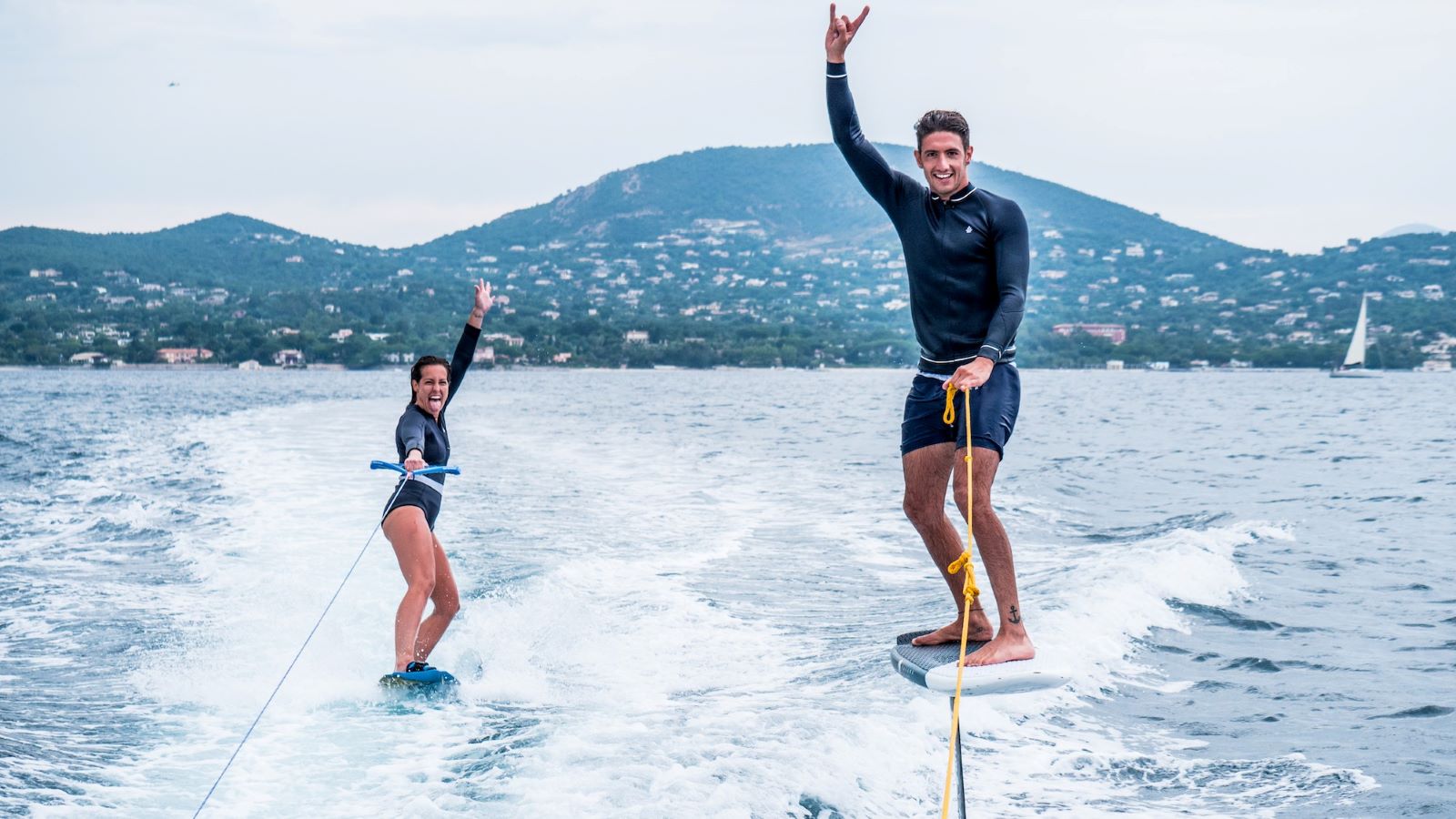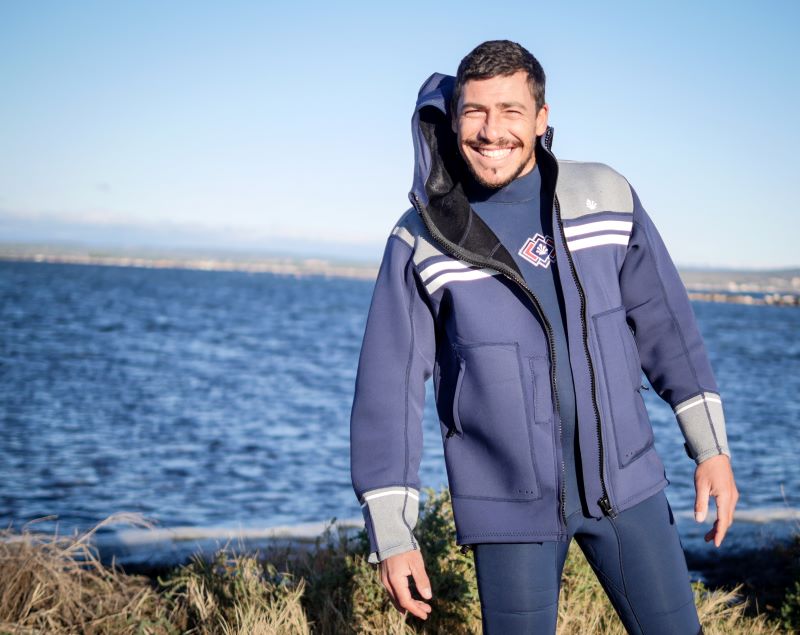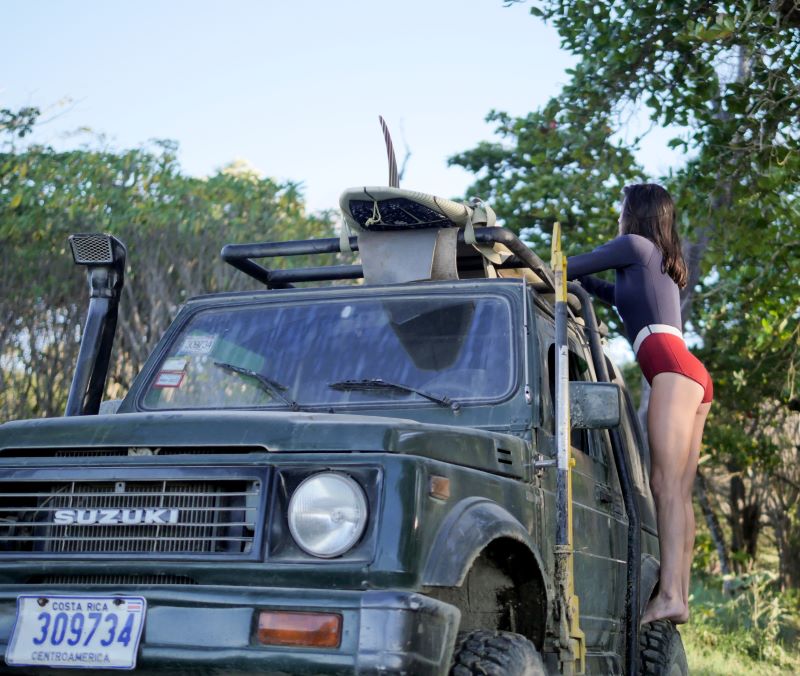
Watersports Brand Saint Jacques Brings French Designs to Wetsuit Range
French surf brand Saint Jacques’ very existence is about being different and they run this approach through the soul of the business. Founder Stan Bresson gives us the details on this unique company. Viva La difference!
How did Saint Jacques get started and what was the idea behind the brand?
We were tired of black wetsuits and the ultra standardized neoprene market. Our aim is to offer instead high-performance, high-quality wetsuits while creating elegant designs, which incorporates the codes of the great classics of French fashion. This is the very essence of Saint Jacques Wetsuits. First and foremost, the goal was to gather a community of dedicated watermen and women, within which aesthetics and performance do not collide and differ. The name ‘Saint Jacques’ appeared as obvious. It brings together 3 essential criteria: the sea / French / high-end.
What are your best selling products?
Saint Jacques targets different customers depending on the season and the location by offering 3 categories of products which are almost balanced in terms of sales over the year. Firstly, elegant neoprene vests and jackets which embody our “wet à porter” concept, in particular the “Noé” sailor top and the famous “Paulo”, secondly technical full suits for men and women, including the new Yamamoto neoprene collection and finally quality accessories such as our cotton ponchos, boardshorts and lycras.

Tell us more about your key technologies used in your wetsuits.
In 2022, we teamed up with the Japanese company Yamamoto, an international reference when it comes to neoprene, to create a line of high-end and technical full suits. As versatility is very important in our concept, we attach great value to patterns in order to feel comfortable whatever the watersport: surfing, kite, sup, wing, wake… We have also developed a tubular compression system for our wetsuits which strongly limits water entry via the ankles, in particular for wind sports such as kitesurfing or windsurfing. And finally we put great attention to detail and finish, with embroidered logos for example, and using colours that stand out from the standard black offer in the neoprene market.
How did COVID-19 affect your business?
Like everyone else, we suffer the consequences of Covid: slower production rates, higher transportation costs, shortages of raw materials… But demand is very high in our field of activity. Covid has made it possible to consolidate the trust in our relationship with our distributors, and to attract new retail points, seduced by our concept and our evolution. We work on pre-orders within our network, which allows us to anticipate our production lead times, while ensuring stock availability for the season. We think this period is beneficial for an alternative brand like Saint Jacques because we are an agile business and we can adapt quite easily. Finally, our concept of a non-seasonal range takes on its full meaning during this difficult period: we have no schedule constraints on product releases, and we offer our collections until they are sold out without selling them off.

Jade, women’s shorty. Costa Rica 2022
How do you deal with competition from major brands?
Our offer is an alternative to the – already seen – black wetsuits. We strongly believe that watersports should also offer different options in terms of styles and designs to their customers. This is why we are just as legitimate as any other brand and are not a direct competitor because the products we offer are attracting different customers. As our products are being tested and developed in various watersports and conditions, they are very much appreciated by watermen and women for their performance and design. Finally, we noticed a lot of interest regarding the fact we are a human scale company with a distinct state of mind, different from the majors in the sector.
How are you as a brand working towards a more sustainable future?
The eco-design in the wetsuits business is something that is difficult to achieve. The materials and manufacturing sites, mostly located in Asia, are difficult to relocate but we are working on it. We have always used limestone-based neoprene. We are opposed to the seasonality of collections, which pushes brands to sell off the remaining stock to cope with the release of the fresh collection and leads to an unnecessary overproduction of new products. We have decided to offer durable products that last longer. Finally, we have also implemented a neoprene recycling campaign to give the material a second life, this is our Néocycle project.






